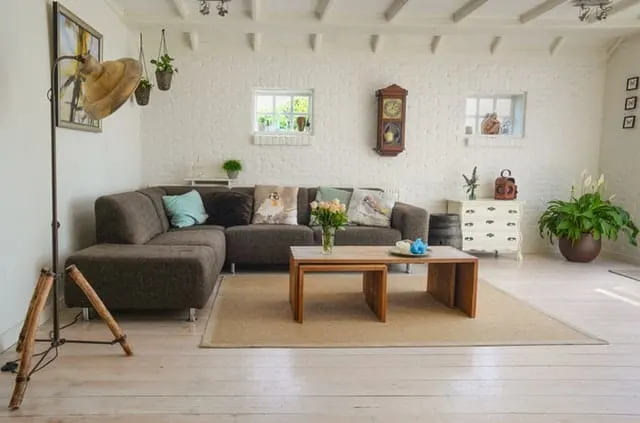
Although a well-chosen piece of hanging art for your home is often an afterthought, it requires careful consideration – you should put as much thought into what you hang on your walls as the rest of your décor.
Art can be used to make a statement, convey something personal about you, and enhance the ambiance. Indeed, a well-chosen piece of hanging art can set the tone for the entire room.
Whether you’ve been eyeing a few john richard paintings or you’re not entirely sure what you’re looking for yet, here are six tips to guide you when it comes to choosing wall art for your home.
1. Choose Art That Speaks to You
It really goes without saying that you should choose art that stirs emotions within you and speaks to your personality and experience. You should select artwork that you love – after all, you’re going to be hanging it in your home, and you’ll be the one who has to spend the most time looking at it.
The right pieces of wall art should reflect your personality and resonate with you on a deeper level – they can remind you of places you’ve been, experiences you’ve had, or even inspire you to pursue your goals. Choose something personal to you, and you’ll never grow tired of looking at it!
2. Think About the Room You’ll Hang It In
The room that you will be hanging the piece of art in should provide a lot of clues about what you should look for. Luckily there are a LOT of choices over at: https://www.wallpics.com
Different rooms in your home have different functions, which means that you probably created a different atmosphere in each room when you decorated it.
Wall art should enhance the existing ambiance of a room. For instance, bright, vibrant colors will suit the living room, but you may want to opt for a more calming color palette for your bedroom. Artwork with a pop of color would do well in your office, and personalized architectural paintings look great in kitchens, too.
The size of the artwork will also play a big role when it comes to choosing a piece – your wall art should be proportionate to the room.
For example, hanging a small painting in a large dining room won’t allow the art to feature well, and hanging a large piece in a small room can look forced and give the impression that the room is overcrowded.
3. Don’t Be Scared to Mix and Match
Choosing combinations of artwork that utilize different styles, forms, and textures is an excellent way to add interest, depth, and personality to your spaces. Avoid selecting nearly-identical artworks for your entire home because they can appear flat, impersonal, and monotonous.
For instance, you can mix black and white photography prints with vivid paintings and stylistic metal or wooden pieces – it’s all about the contrast you create. You can also mix contemporary and traditional styles – contrast makes rooms look more interesting and attractive to the eye
4. Consider Your Color Palette
Wall art creates a focal point in the room you hang it in, and it also sets the color palette and tone for the rest of the room. Choose vibrant splashes of color that pop so that your art pieces don’t get lost or blend into the background.
When choosing wall art, consider the color of the wall you’re hanging it on. Choose complimentary colors so that they don’t clash or make the room look chaotic. For instance, if you have dark walls, choosing pieces that are lighter and brighter will work well.
Always be aware that the colors you choose can set the tone for the entire room.
5. Less is More
When it comes to hanging artwork, less really is more. It is not necessary to hang art in every piece of available space – this can look confusing and overwhelming to the eye and destroy the focal point. Instead, try to create balance and harmony by leaving negative spaces that will allow your art to shine.
6. Don’t Forget Other Spaces
When it comes to hanging wall art, commonly forgotten spaces in homes tend to be kitchens, corridors, and bathrooms. These important and functional rooms are often overlooked when decorating with art.
You can utilize these commonly forgotten spaces by hanging playful pieces in smaller frames – like a wall gallery of family photographs or small, colorful art pieces. The bathroom, in particular, is a great place to display art because mirrors can reflect them back – creating interesting reflections and more pops of color in an otherwise dull space.
- Sagittarius Man & Gemini Woman Love and Sex Compatibility - January 31, 2024
- Taurus Ascendant Rising Personality Traits in Men (Guide) - January 31, 2024
- How to Seduce and Attract a Sagittarius Man (Seduction Tips) - January 31, 2024
